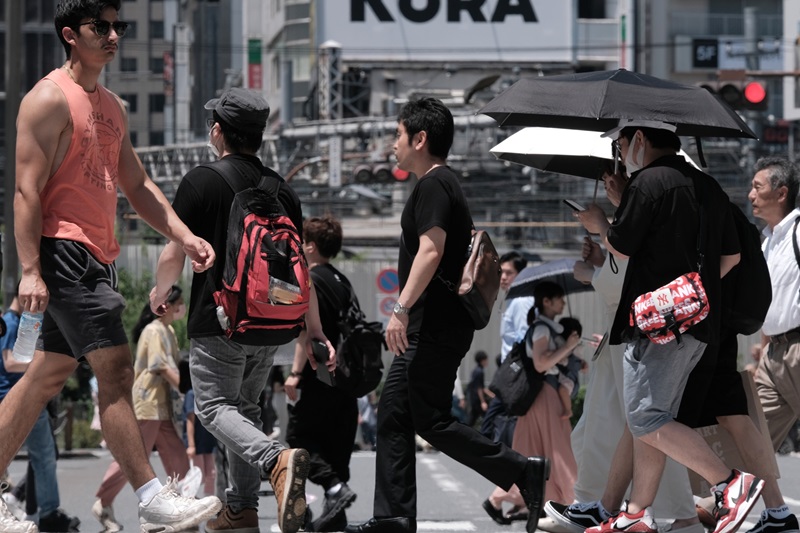
companies rethink business models as japans labour crisis deepens
Last updated on January 23rd, 2024 at 08:45 am
The fastest-ageing economy on the planet is facing a serious shortfall of labour force. The drop in numbers is profoundly affecting how government, companies and people operate. Even the most iconic features of Japan’s service economy are embroiled in chaos.
Central Japan Railway put an end to the beloved food trolley on the Tokyo-Osaka bullet train in October, and the popular vending machines across the country are now increasingly left unfilled for days. But it is important to emphasise something here.
Shoto Furuya, chief researcher of the Recruit Works Institute, said Japan’s labour crisis is occurring irrespective of whether the economy is performing better or not, according to the Financial Times. Several Japanese have started to feel the shortfall in essential services.
One way Japan is addressing the labour shortage is …
RWI estimates that the largest advanced economy on the continent is set to have a labour shortage of 11 million people by 2040, and the number of people above age 65 – already representing nearly 30% of the population – is likely to hit its peak in 2042.
How Japan responds to this labour shortage is being closely monitored, not least by its neighbour China, whose population has also started to drop. One way the Japanese are addressing the challenge is by introducing advanced technology in key sectors.
For instance, the construction industry in the country has struggled to attract young staff and female members due to long hours, hard physical labour and low compensation. Despite trying everything, the number of people employed in the sector has considerably declined.
Japan has tried to lure more staff by raising compensation, offering more fashionable uniforms and installing portable female toilets at construction sites, among other methods. But official data shows only 12% of people in the industry are aged under 29.
How is Japan’s farming sector addressing the labour crisis?
Meanwhile, the agricultural sector is also struggling. But the Japanese seem to have found a solution. In the farmlands of Miyazaki prefecture in the southern part of the country last summer, a robot duck took to the rice paddies to take care of weeds.
The solar-powered Raicho 1 – by Kyoto-based Tmsuk – is just one of a suite of drones and robots designed to sow, nurture and harvest a standard rice crop without the use of humans. The experiment ended in October, producing exciting results.
The overall number of human hours involved in the process dropped from 529 to 29, representing a staggering 95% reduction in manpower – amid just a 20% reduction in total rice yield. Keep an eye out on this page as we deliver more updates on Japan’s labour crisis.







